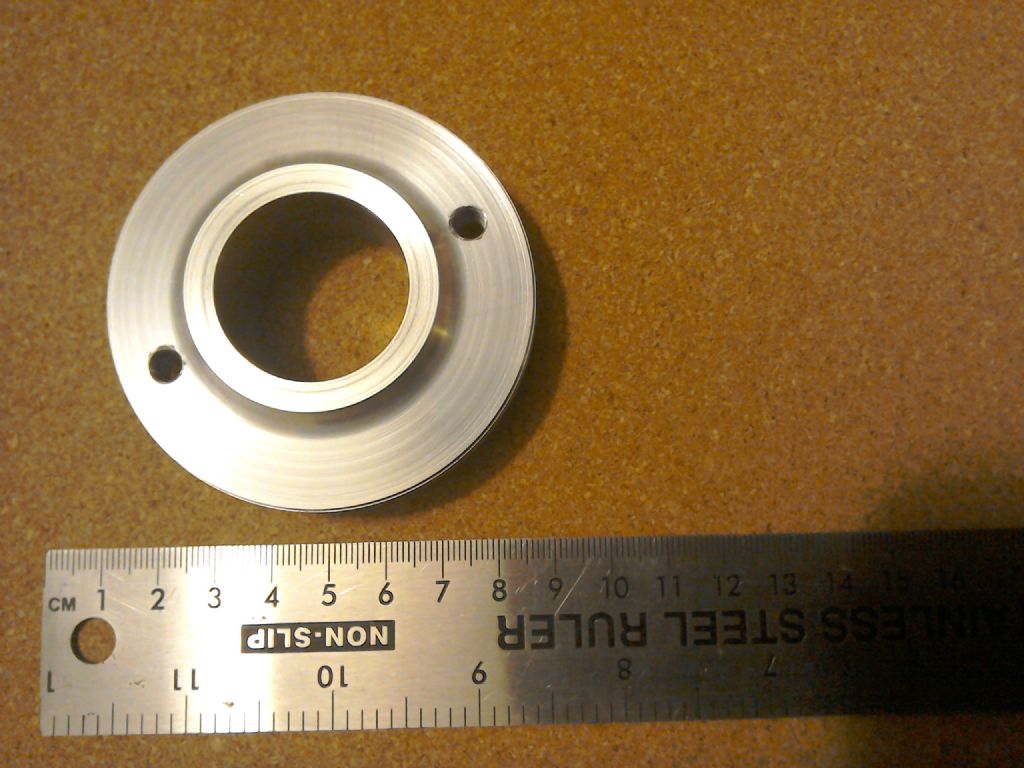Posted by Phil P on 04/01/2017 13:08:26:
I then grabbed hold of the saddle and found I could rock it slightly (I am talking a few thou at most)
So I cleaned everything and re-adjusted the saddle gibs and the banding problem disappeared instantly.
Phil
Yep, unfortunately it's a problem that's caused by frequent use rather than infrequent unfortunately, so you're getting punished for your labours  . But very common, I had the same problem (keep consciously avoiding the word issue out of context) and that's what I suspect is happening here, it's just a case of loose gibs which inevitably happens because it's not designed to be a perfect fit, and needs to be continually readjusted over time. In some manufacturing lathe manuals they recommend this check once a week. Which you might expect if you ran it eight hours a day.
. But very common, I had the same problem (keep consciously avoiding the word issue out of context) and that's what I suspect is happening here, it's just a case of loose gibs which inevitably happens because it's not designed to be a perfect fit, and needs to be continually readjusted over time. In some manufacturing lathe manuals they recommend this check once a week. Which you might expect if you ran it eight hours a day.
This is why I suspect these myford experts wouldn't have found it, because the fit changes over time, if it really was as dire as a spindle error, I would hope they'd see something like that immediately.
Until we get an update on the situation then I think we've notified him quite thoroughly.
Michael W
Edited By Michael-w on 04/01/2017 14:21:44
Andrew Moyes 1.





